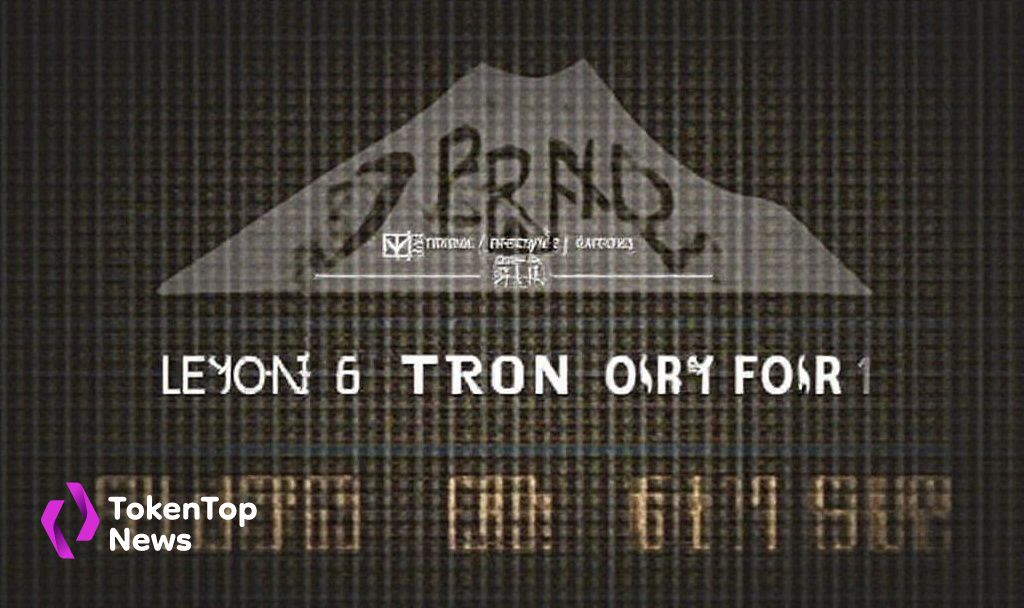WLFI Announces USD1 Stablecoin Launch on Tron Blockchain
- WLFI issues USD1 stablecoin on Tron blockchain.
- 140-character market shift involving large investments.
- Regulatory attention amid political ties.

WLFI has announced the native issuance of its USD1 stablecoin on the Tron blockchain, aiming to expand its reach in the cryptocurrency market.
The expansion onto Tron aims to leverage its infrastructure, potentially increasing market adoption and liquidity for USD1 stablecoin.
World Liberty Financial Launches on Tron Blockchain
World Liberty Financial (WLFI), co-founded by Zack Witkoff, has announced the launch of the
USD1 stablecoin on the Tron blockchain. This move follows its prior deployment on Binance’s BNB Chain.
Impact of High-Profile Investments
High-profile figures such as Eric Trump highlight a transactional link to a $2 billion investment in Binance, involving USD1. Connections with the Trump family underpin ongoing regulatory scrutiny.
The launch may impact market dynamics by increasing liquidity and cross-chain settlements. USD1’s adoption on Tron could bolster the network’s stablecoin offerings. WLFI’s previous
airdrop strategies may repeat to engage communities and support liquidity.
Regulatory Concerns
Regulatory attention focuses on family ties to the former US President amid concerns of conflicts of interest. As Democratic lawmakers, led by Senator Elizabeth Warren, raised concerns over potential conflicts tied to the Trump family’s involvement:
USD1 stablecoin will be natively issued on the Tron blockchain.
— Zack Witkoff, Co-Founder, World Liberty Financial
This scrutiny involves agencies like the SEC and Federal Reserve revisiting oversight regulations.
Conclusion
This stablecoin deployment aligns with historical trends where expansions onto multiple chains encouraged DeFi growth. USD1 is expected to follow the precedent set by USDT and USDC, enhancing network adoption.
USD1’s issuance on Tron could significantly alter the cryptocurrency landscape, driven by technological and regulatory shifts. As the adoption broadens, it is likely to redefine stablecoin interactions across blockchain networks.




